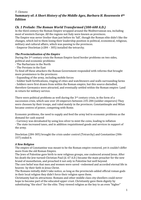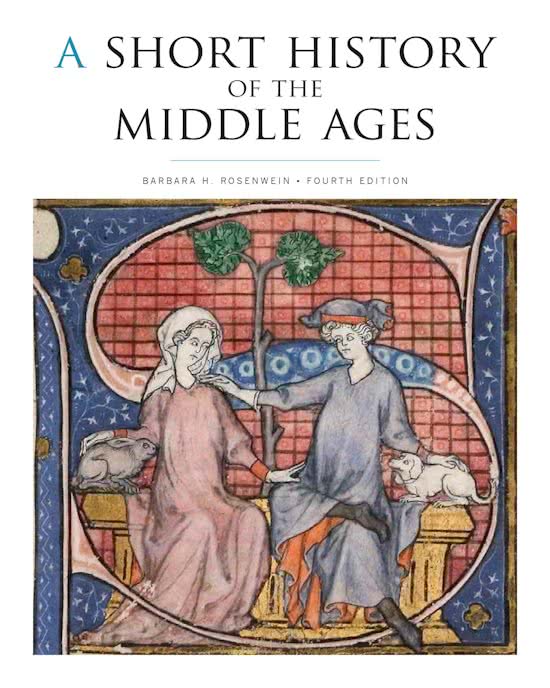Samenvatting
Summary of Rosenweins A short history of the Middle Ages
- Instelling
- Rijksuniversiteit Groningen (RuG)
EN: English Summary of "A short history of the Middle Ages" by Barbara Rosenwein, including an overview of important dates and events NL: Engelse Samenvatting van Rosenwein, inclusief overzicht van belangrijke data / gebeurtenissen.
[Meer zien]





